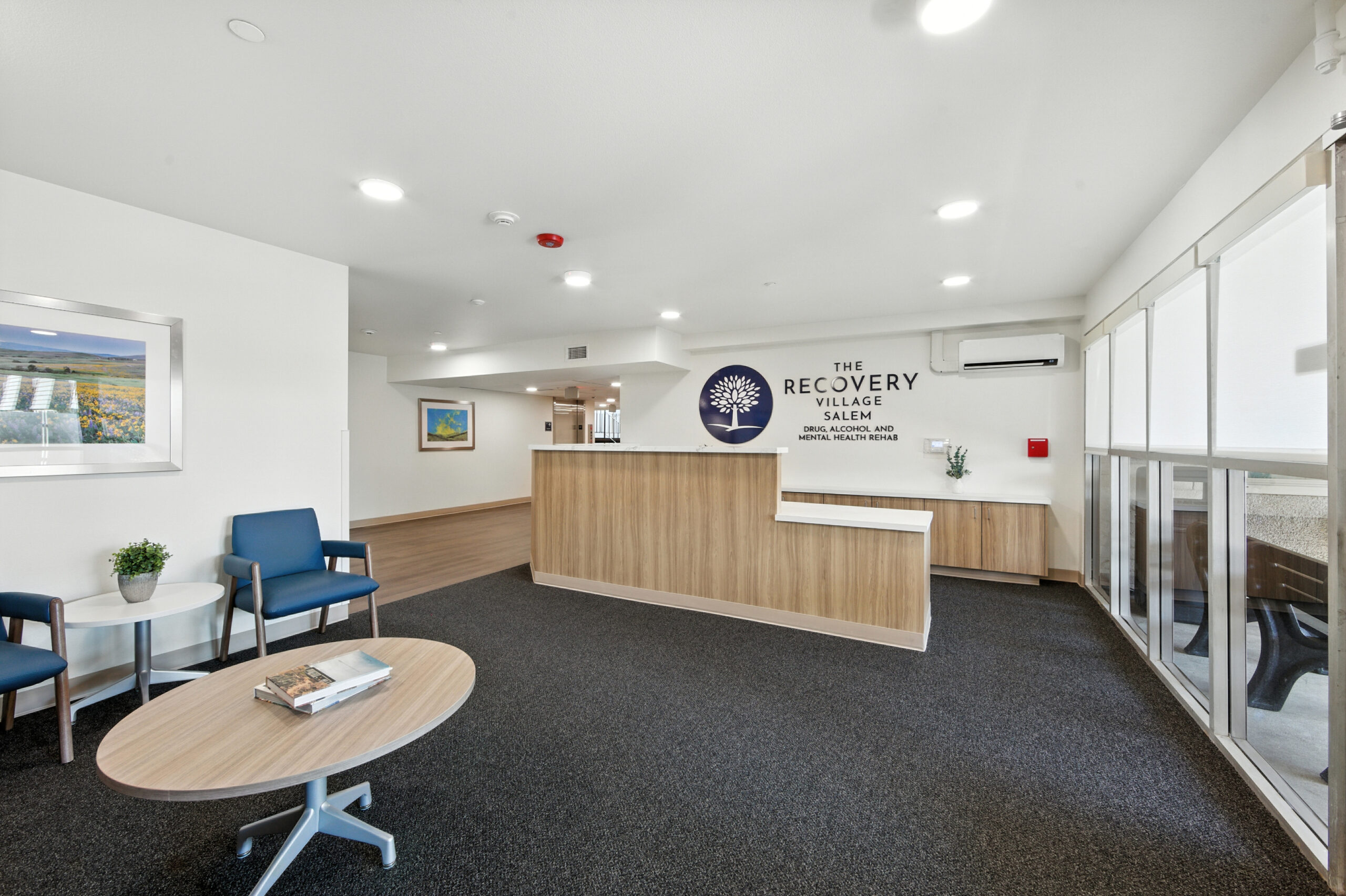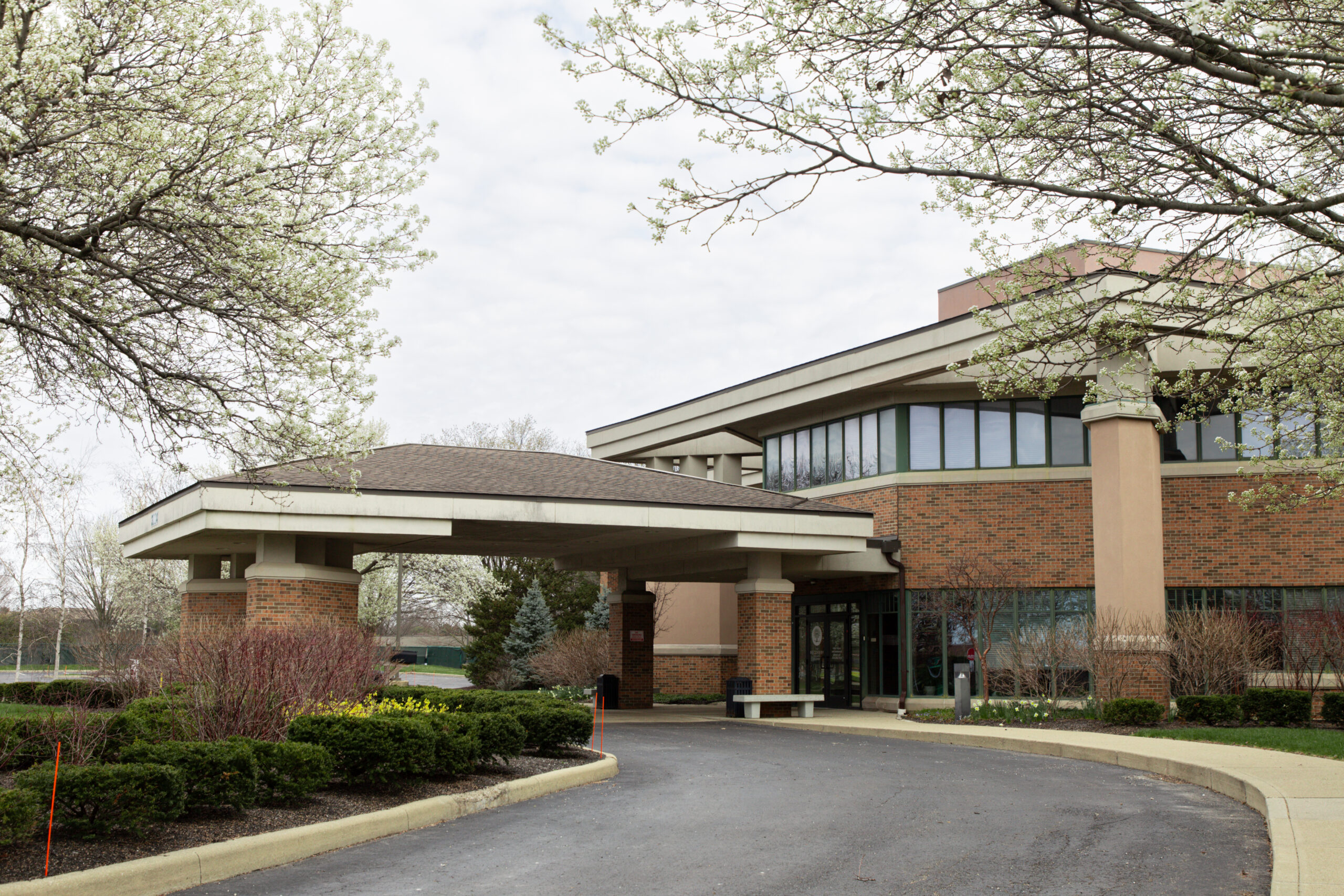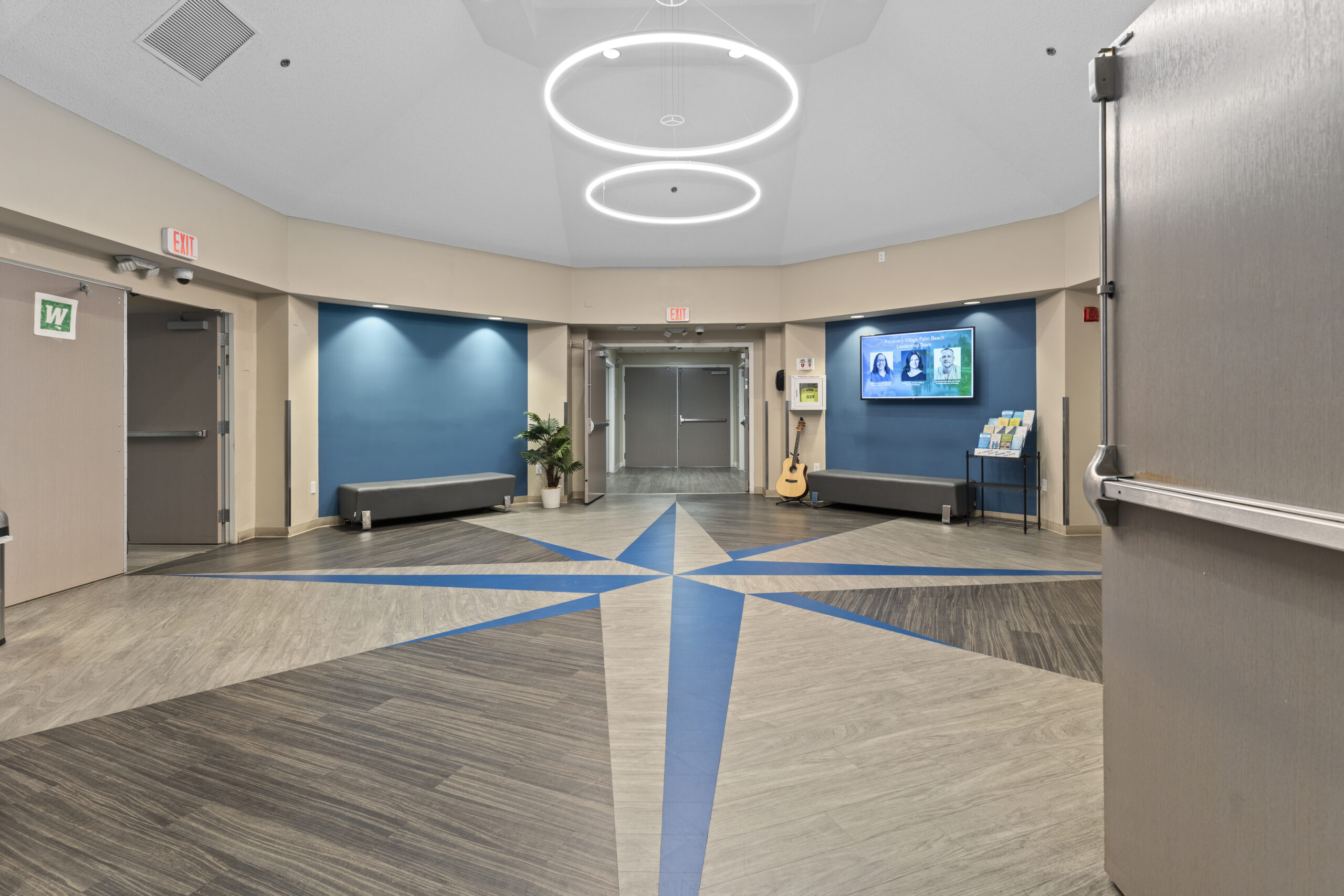Clonazepam, brand-name Klonopin, is a benzodiazepine that can last in the body for up to six to nine days.
Clonazepam, the generic form of Klonopin, is a prescription drug commonly prescribed tomanage panic, anxiety and seizure disorders. This article will cover how long to expect the drug in one’s system and the factors that influence the time it takes to safely remove it from your system.
In short, Klonopin or Clonazepam can remain in your system for up to six to nine days.
Klonopin’s Long Half-Life
Many people who are thinking of getting sober wonder how long Klonopin will stay in their system. To determine how long it will remain in your system after your final dose, it’s important to consider the half-life of Klonopin’s active ingredient, clonazepam.
Clonazepam has a long elimination half-life. The elimination half-life refers to how long it takes for half of a single dose of a drug to leave the body. For clonazepam, its elimination half-life ranges from30 to 40 hours. This means that it will take between one to two days for just 50% of Klonopin to leave your system.
It can take roughly 5 half-lives for a drug to completely leave your body. Based on the estimate of clonazepam’s 30- to 40-hour half-life, Klonopin is likely to stay in your system for approximately six to nine days after your final dose. Both Klonopin and its metabolite 7-amino-clonazepam are detectable in the urine for about four days after the last use.
Variables That Influence How Long Klonopin Stays in Your System
On average, Klonopin takes six to nine days to leave your system. However, it depends on the person using the drug. Some variables that influence how long it takes to leave your systeminclude:
- Age
- Liver function
- Dosage (low vs. high)
- Frequency of use
- Duration of use
- Use of other drugs
Will Klonopin Misuse Show on a Drug Test?
Like other benzodiazepines, Klonopin isdetectable on a standard drug test. If you’re taking Klonopin as prescribed by a doctor, you’ll need to bring a doctor’s note with you to your drug test.
How Long Does Klonopin Take to Peak?
The desired effects of Klonopin typically become noticeable withinone to four hoursof taking the medication orally. This is why it isn’t typically prescribed for the short-term treatment of panic or anxiety. Medications such as Xanax and Ativan are much more effective for the treatment of these disorders since they start working within minutes.
Klonopin Withdrawal Risks
As stated previously, knowing how long a drug can stay in someone’s system can help identify a possible addiction or overdose situation or can help calculate the time someone may withdrawal from the drug and seek medical help.
Someone who has taken Klonopin regularly and then tries to stop cold turkey may go into withdrawal.Benzo withdrawalcan be very dangerous if the person is not receiving medical care. Since Klonopin enhances the effects of GABA, calming the central nervous system, withdrawal means the opposite occurs, and the central nervous system gets over-excited. This can lead to effects,including:
- Seizures
- Hallucinations
- Shaking
- Stomach cramps
- Muscle cramps
Klonopin Overdose
Anyone who takes more than the recommended dose of Klonopin or takes the recommended dose too frequently is at risk of overdosing. There are several risk factors that increase the likelihood of overdose, including using multiple drugs, other psychiatric illnesses and addiction.
Taking too much Klonopin can cause dangerous physical effectsincluding:
- Somnolence
- Confusion
- Coma
- Diminished reflexes
If you or someone you know experiences these symptoms after taking Klonopin, call 911 immediately.
Related Topic:Clonazepam overdose treatment
Getting Treatment for Klonopin Addiction
Once a person becomes addicted to Klonopin, it can be very difficult to stop. People who use the drug regularly and for long periods of time often experiencewithdrawal symptomswhen they stop using, which is why they continue using even if they want to stop.
Recovery from clonazepam addiction is possible. The first step to getting help is admitting to yourself that your Klonopin use is no longer healthy. It’s easy to downplay the seriousness of your addiction. Many people find it hard to confront their addiction.
By entering anaddiction treatment facility, you’ll benefit from medically-supervised detox, medication management, treatment of underlying mental health disorders, group and individual therapy and an aftercare treatment plan.
Although recovery may seem impossible, it’s important to know that help is available. You don’t have to go through this journey alone. The Recovery Village provides rehabilitation services for people from all across the country.Contact us todayto discuss treatment options that can meet your needs.
















